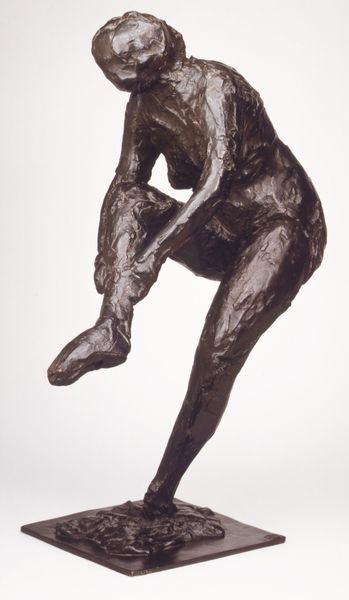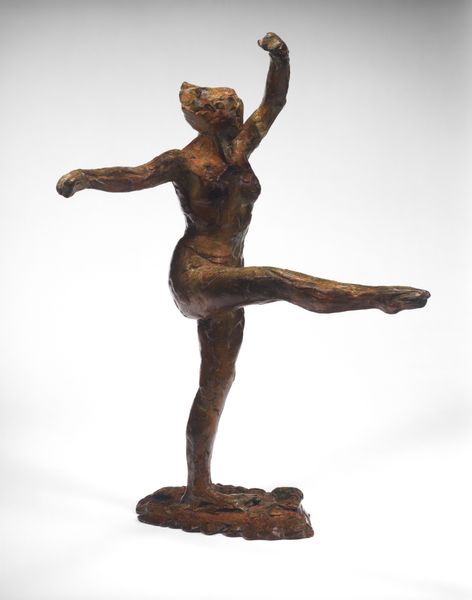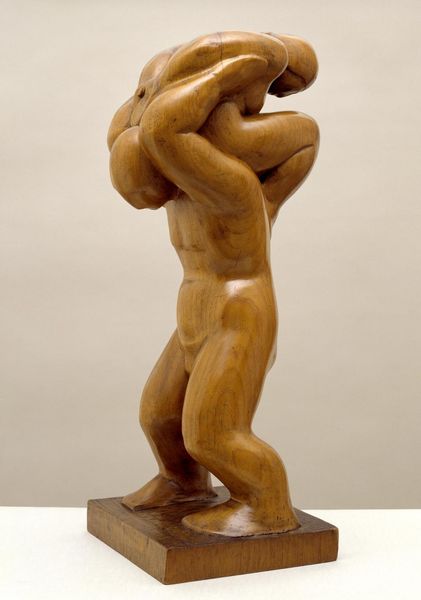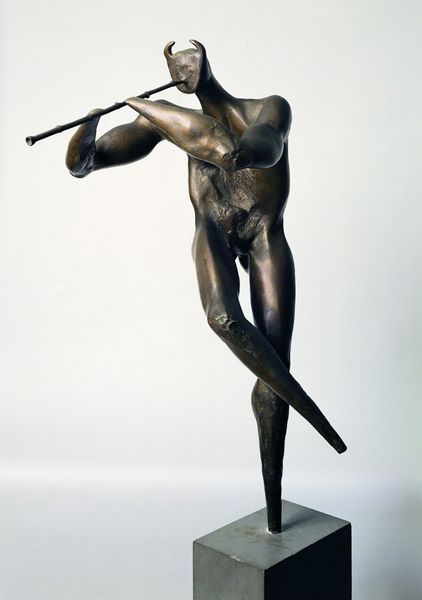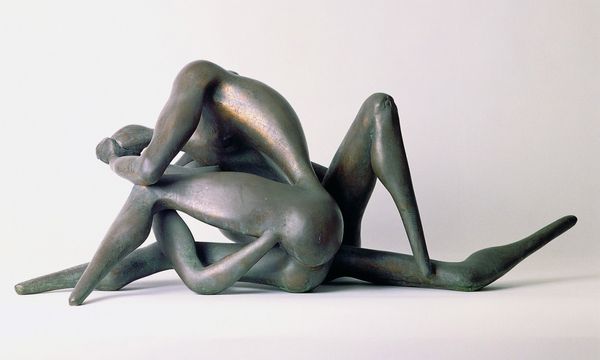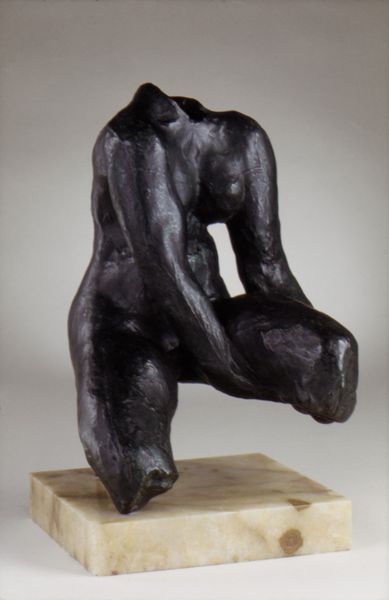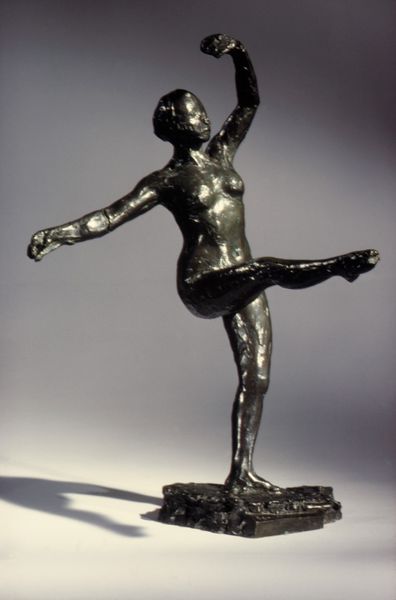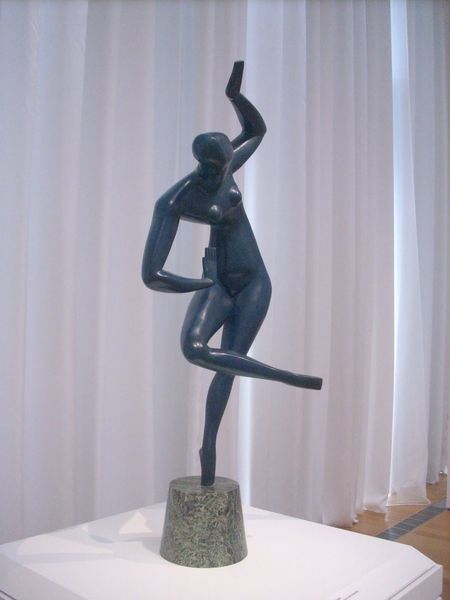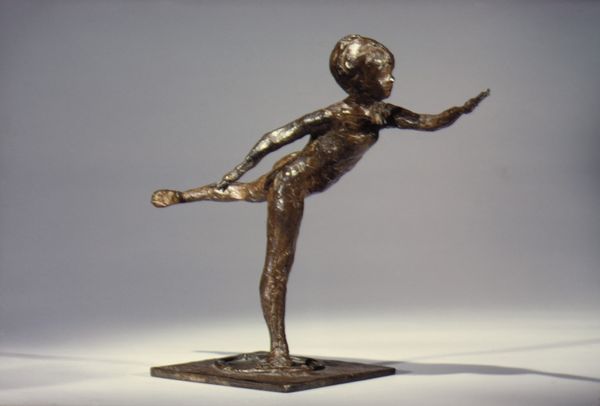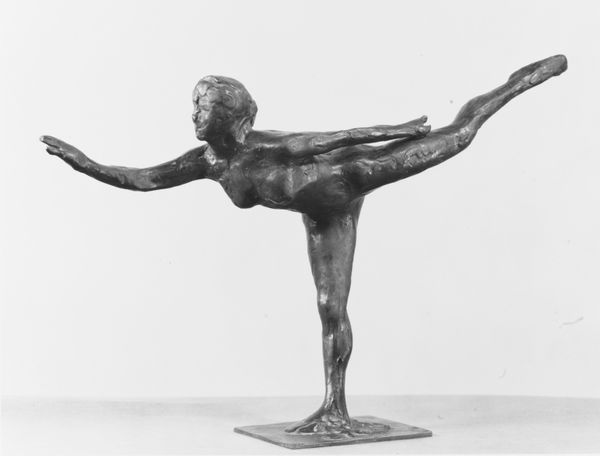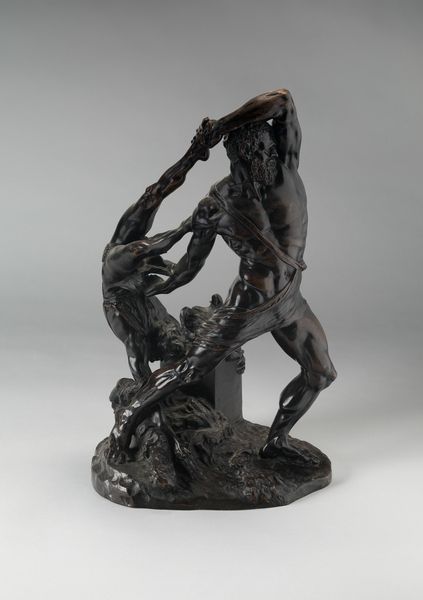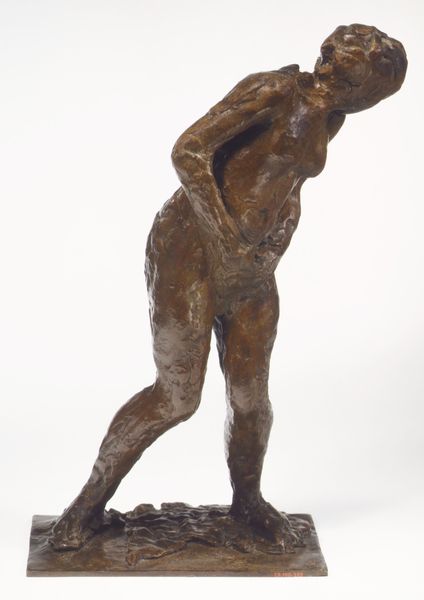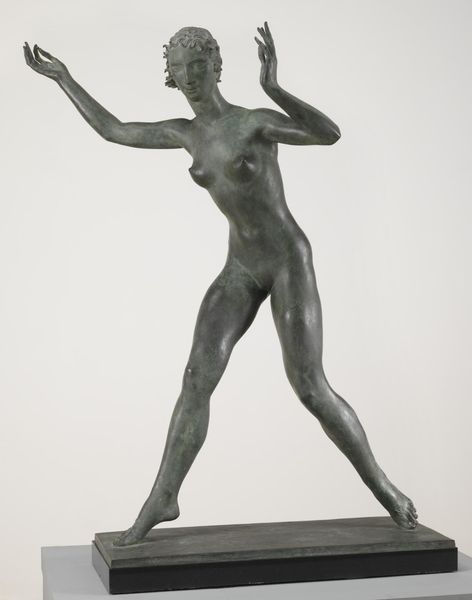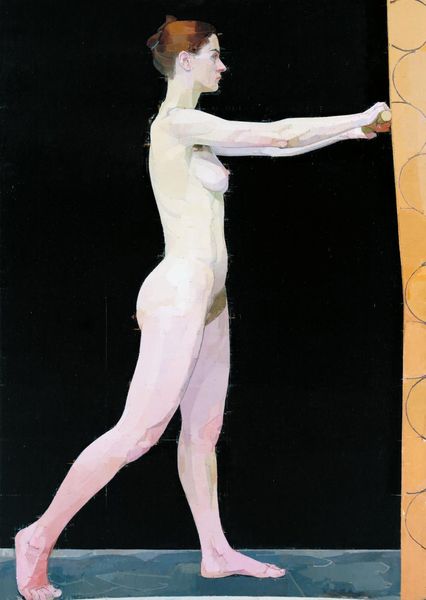
assemblage, sculpture
#
contemporary
#
assemblage
#
figuration
#
sculpture
#
modernism
Dimensions: overall installed: 179.07 x 269.24 x 180.34 cm (70 1/2 x 106 x 71 in.) base: 12 x 396.3 x 304.8 cm (4 3/4 x 156 x 120 in.)
Copyright: National Gallery of Art: CC0 1.0
Editor: Here we have George Segal's sculpture, *The Dancers*, created sometime between 1971 and 1982. These figures, seemingly made of plaster bandages, strike me as both joyous and ghostly. What underlying symbolism do you see at play here? Curator: It’s interesting you note the ghostly quality. Segal's use of plaster casts creates an immediate tension. Plaster, often associated with death masks or preservation, encases the vitality of dance. It's an incredibly evocative contrast, isn't it? These figures remind me of ancient Greek choruses—a visual representation of collective emotion. Editor: I see that parallel! So, their anonymous nature, the lack of individual facial features, is intentional, reflecting a universal experience? Curator: Precisely! Segal captures archetypes. Consider how dance functions in various cultures. It’s celebratory, spiritual, a community-building exercise. The anonymity enables us to project our own interpretations of those events onto them. They remind us of ourselves. Editor: So the starkness invites reflection, it's a mirror, almost, for the viewer. I appreciate you sharing that. It reframes my entire perception of this sculpture. Curator: The image, drained of pigment, forces us to see something in ourselves, whether it is social ties, life's fragility, or its beauty. Editor: Exactly, thank you. It transforms the work into less of an aesthetic exercise and more of an existential statement.
Comments
No comments
Be the first to comment and join the conversation on the ultimate creative platform.
